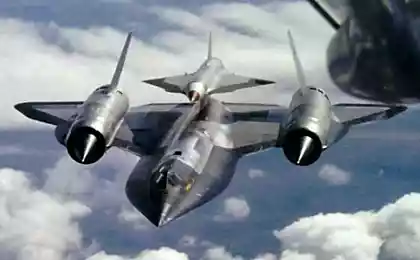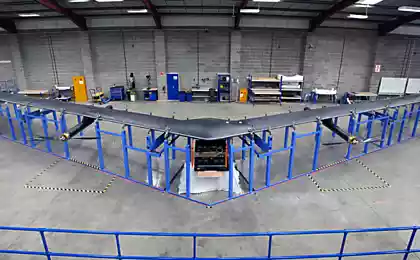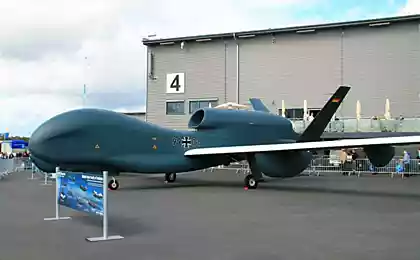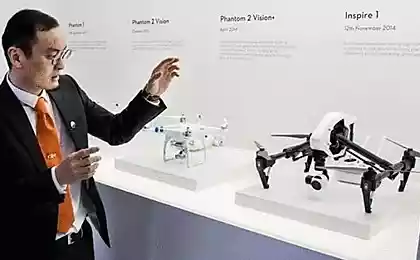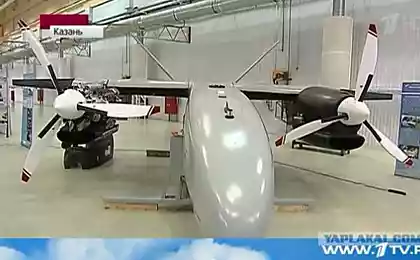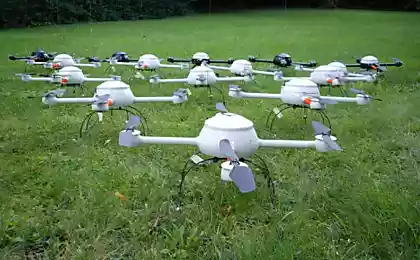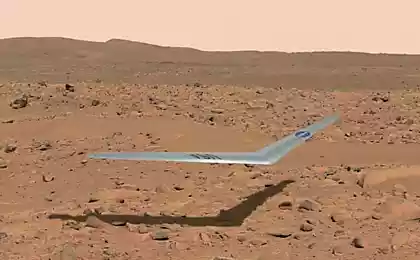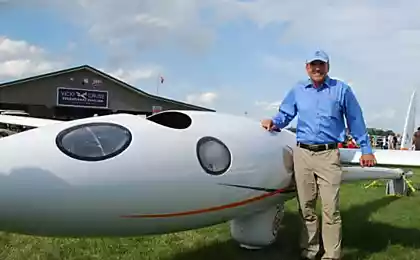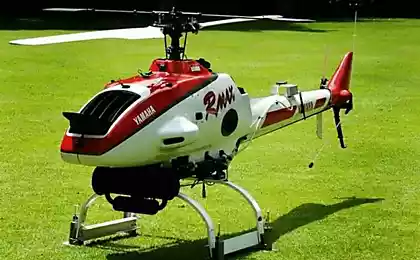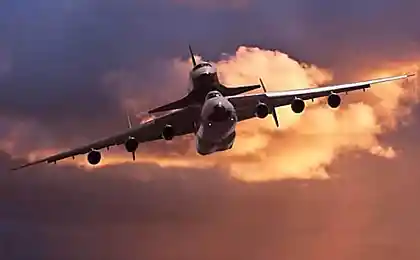884
Disposable drone-Glider Cicada

Photo: Laurent Barthelemy / AFP i>
The engineers from the Research Laboratory of the US Navy (US Naval Research Laboratory) developed a disposable miniature drone-glider, which fits in the palm of your hand. The device is called the Cicada, in honor of the insect, which inspired them to this invention.
As you know, cicadas spend underground mere number of years (7, 11, 13 or 17), and then wake up en masse and work together, then die together.
New drones operate approximately on the same principle. It is expected that over enemy territory scatter dozens or hundreds of drones, so the enemy can not shoot them all.
Cicada (Covert Autonomous Disposable Aircraft) is designed with priority maximum cheapness and simplicity. It has no engine, and the whole structure is comprised of ten items. In appearance it looks like a paper airplane to the electronic board.
Cicada primitive than any other aircraft, but at the same time is able to successfully carry out its function. When the drone will drop from an airplane, a balloon or a large drone, he can schedule the specified coordinates GPS. During the tests in Arizona mini-drone dropped from a height of 17,500 meters - and he flew 17 7 km, landing five meters from the goal.

Photo: Laurent Barthelemy / AFP i>
Without motor, Cicada plans completely silent, perfect for reconnaissance missions. Due to small size it also difficult to see with the naked eye. With land-UAV Glider is similar to a bird flying down. The design came out surprisingly reliable. Cicada withstand traffic at speeds up to 74 km / h, can bounce off branches of trees, landing on the pavement or in the sand - and remain unscathed.
During testing, the UAV was equipped with sensors for temperature, pressure and humidity. But in the combat operation of the filling may be quite different. For example, a radio microphone or other lightweight equipment. "It pigeons robotehnicheskoy era. You tell them where to go, and they fly back », - говорит Daniel Edwards (Daniel Edwards), an aerospace engineer at the Research Laboratory of the US Navy.
For example, small drones can track the movement of vehicles on the roads in the enemy's rear, using the seismic sensor or the same microphone. Magnetic sensors can track the movement of submarines. And, of course, with the help of microphones You can listen to the talks of enemy soldiers, or investigators. In principle, the UAV can be supplied and a video camera, but the video transmission requires too much bandwidth, this technical problem is not solved.
Drones will be used in meteorology. The exhibition of scientific and technical achievements, many in the Pentagon made known interest in this invention, including the intelligence agencies.
Prototyping engineers cost a thousand dollars, and in mass production, they promise to reduce the price to $ 250 apiece.
Source: geektimes.ru/post/250576/
Smart homes does not happen - there are stupid owners. Like those, and others to make adequate?
A phone that can only call
